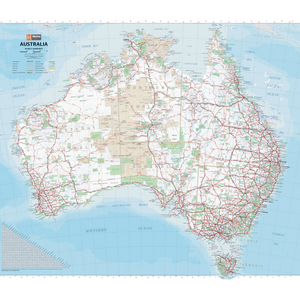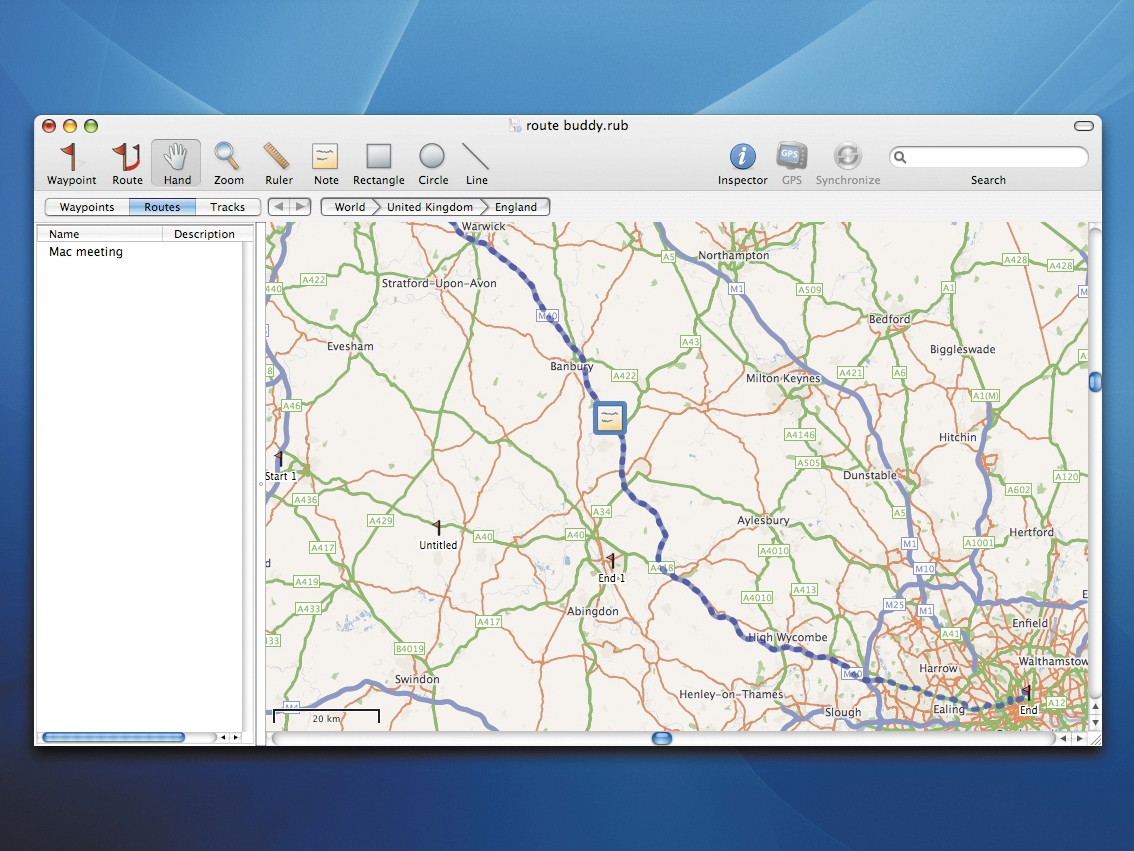

Long story short - both the OS and Harvey make great maps. They don't show pubs! (Don't they understand their market?).They don't show as many ancient monuments.They're not so clear about the access status of the land.When you're trying to navigate the valleys though farms and fields the 1:40k can lack detail vs 1:25k mapping.For the 40k sheets you won't have a romer on your compass, but they do sell one for £1.The contours are visible using a night-vision red light, while they are pretty much unreadable on the OS map.They offer useful specialist maps - eg large scale summit maps for complex tops and fell running maps for popular races and challenges. Slightly better is RouteBuddy which lets you change the colour, width and dashes of the line, but the setting affects every route at the same time, so it’s not possible to colour-code routes so you can tell them apart.RouteBuddy does have a nice way of showing the direction of travel, with small arrows, and the line is always slightly transparent.They offer strip-maps covering many of the National Trails, while you would need multiple OS maps for the same coverage.

The Dartmoor map, for example, is more convenient than the two-sided OS Explorer.
#Routebuddy review series
You can always get by with an OS, so why would you ever choose Harvey?įirst, you should understand that they offer two main series - the SuperWalker maps at 1:25k and mainly centered on popular mountains, and the newer BMC Mountain Maps that cover wider areas at 1:40k. The fastener strap on the new model is gray, compared to a white strap on the older model.Īdditionally, the new model’s lot number and “G7” are visible on the device and through the manufacturer’s packaging.Well, if you've ever tried walking in countries like Spain or Italy, we should celebrate the fact that we are spoiled for choice.

In appearance, the two generations differ in the color of the fastener strap. Harrington recommends keeping the instructions for reference and refresher training. Additionally, Army medics are now trained on both versions. “Soldiers who have an older version should not feel they have to replace their device by getting the newer version or fear that the older version is any less effective,” Harrington said.īoth have been tested by the Army Medical Research Materiel Command’s Institute of Surgical Research and the Navy. While the updated CAT single-slot buckle is designed for faster and easier application, the Army emphasizes that both models are effective. The “Generation 6” CAT model has two slots on the buckle and could be used to either double-route (buddy care) or single-route (self-care) the belt. Graphic depicting visual differences between CAT Generation 6 and CAT Generation 7.
#Routebuddy review update
The update version of the CAT, “Generation 7,” features a single-routing buckle through which Soldiers feed the tourniquet belt before tightening it with the windlass (a textured black rod). So every Soldier carries a CAT on the battlefield to provide life-saving care to themselves or a fellow Soldier. bleeding to death) is the most common cause of potentially survivable death for wounded warfighters. The older version of the tourniquet, “Generation 6,” which was developed through research at the Army Medical Research and Materiel Command, is a small, lightweight tourniquet designed to completely stop arterial blood flow from an injured limb.Įxsanguination (i.e. “Soldiers need to look at their tourniquets and become familiar with the version they have been issued by carefully reading the printed instructions that come with each CAT.”
#Routebuddy review how to
“When you need to actually use a tourniquet is the wrong time to figure out which version you have and how to use it,” advised Jason Harrington, Army Medical Materiel Agency’s nurse consultant with the Medical Devices Program Management Office. Deployed Soldiers may soon receive the updated version and wonder how to use it. The update has resulted in two different versions of the tourniquet currently in use in the field, though both have the same national stock number (NSN 6515-0). Makers of the Combat Application Tourniquet™ have updated the design of the widely used tourniquet. A photo of the CAT Generation 7 applied to a Soldier’s leg.


 0 kommentar(er)
0 kommentar(er)
